5 Quick and Easy Tips for Preparing Healthy Meals
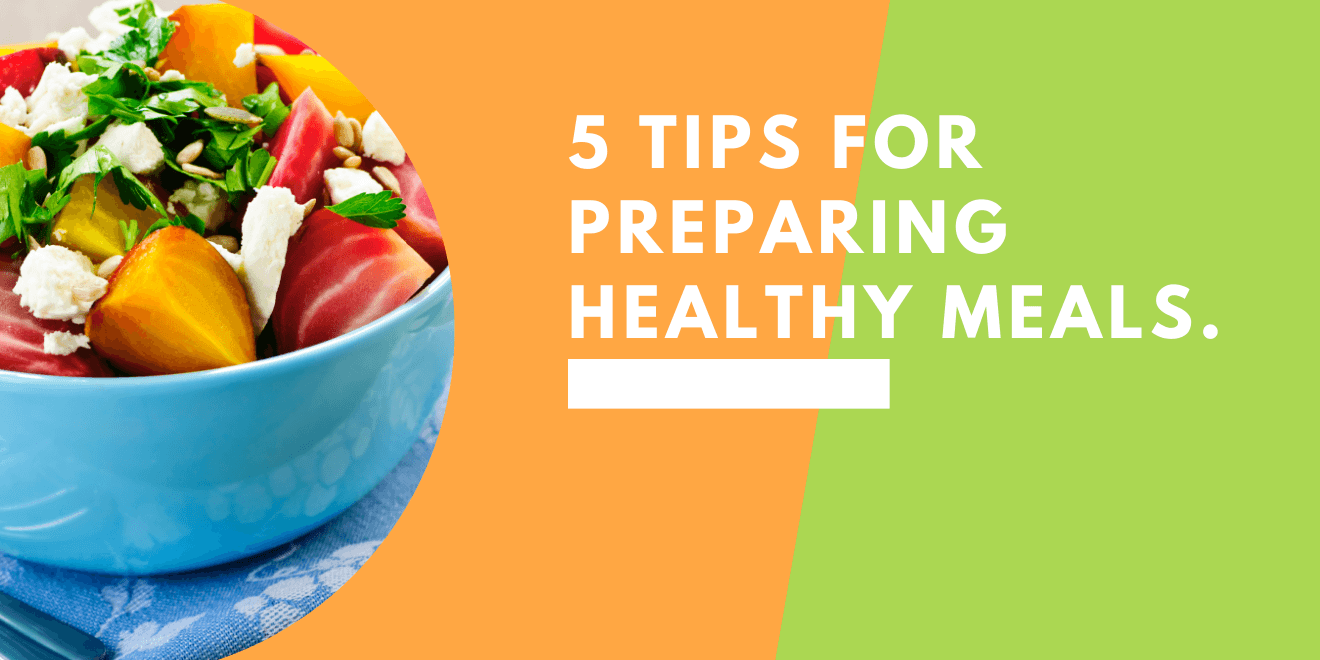
According to a World Health Organization statistic, approximately 2.8 million people die every year due to obesity.
Obesity is a medical condition where your body stores an excess amount of fats. These fats can cause multiple other diseases such as cardiovascular issues, diabetes, and many others. Hence, avoiding obesity is vital for a healthy living.
Our lifestyles today promote unhealthy life choices. We want everything fast and quick which has caused an extreme hike in the consumption of junk food. We avoid physical activities. Sitting on the couch for hours and binge eating is our new concept of unwinding. With this dilemma, the need of the moment is to start making healthier choices in our food intake.
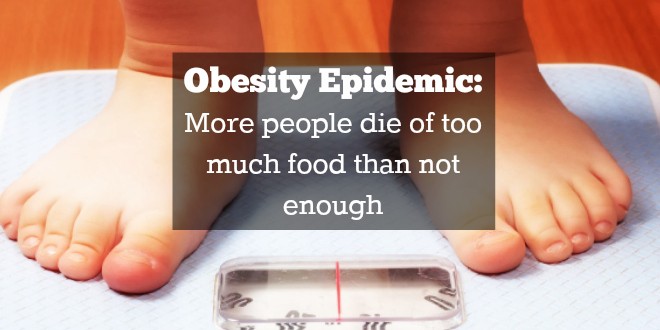
It will be fair to say that recent times saw an increase in the trend of consuming nutritious, healthy food. The statistics show deteriorating health figures. Hence, today, people have started realizing the immediate need to move away from an unhealthy lifestyle.
If you also wish to take some effective steps towards a healthy eating lifestyle, read ahead for some of our amazing and super helpful tips. These tips will assist you in making healthy and wholesome foods that you can consume every day for a hale and hearty living.
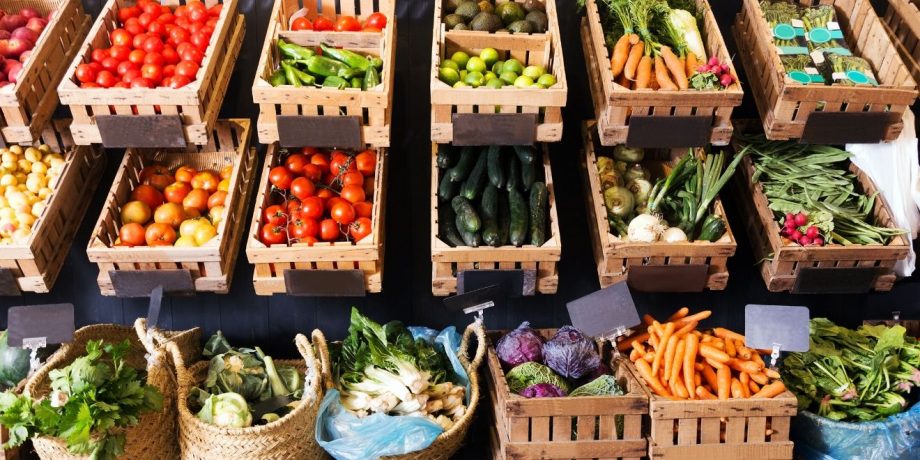
We all remember getting scolded by our parents for not finishing the veggies on our plate, don’t we? That’s because vegetables, as boring and tasteless as they may feel on our palate, are packed with nutrition.
Vegetables have no cholesterol at all and are also low on the calorie count.
Having a portion or bowl of vegetables with every meal will help you lower your calorie intake. Vegetables provide some very important nutrients to your body which include potassium, dietary fiber, Vitamin A, and Vitamin C.
Sweet potatoes, lentils, spinach, kidney beans, and tomatoes are some vegetables that are high in potassium. Having a kidney bean salad or baked sweet potatoes as a side portion with your steak will provide you a good chunk of nutrients. Intake of a potassium copious diet can also help you maintain a healthy level of blood pressure.
Dietary fiber from the general intake of vegetables will help you lower your blood cholesterol level and reduce the risk of heart diseases. Fiber also helps keep constipation at bay by inducing proper bowel functions. The trick behind eating vegetables as a necessary portion of your meal is that the fiber-rich veggies will make you feel full without an excess intake of calories. Make sure you keep the skin intact of most of the veggies you eat since most of the fiber is in that peel.
Vitamin A and C are also very crucial for your skin, eyes and dental health.
Vitamin C is also the nutrient that helps you absorb iron into your body. Hence, both vitamins are extremely vital for your body.
Making sure that you have at least one portion of vegetables in your meal is a great way to intake healthy meals. You can have these vegetables either stir-fried, air fried, boiled or baked.
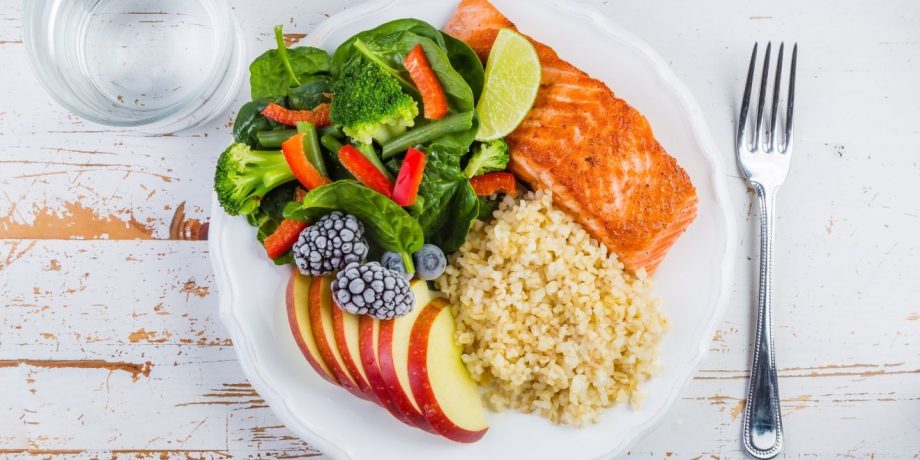
One major mistake we often make with our healthy eating plans is going for the all-or-nothing approach. This usually backfires. There will come a point where you will get completely sick of your healthy eating. This might just end up with you downing an entire tub of ice cream in one go. Trust us that happens!
Therefore, you need to devise measures to keep you motivated in your healthy eating routine. One important thing to remember is that all foods are good unless eaten out of moderation. This means you can have a small portion of almost everything and get away with it. Maintaining a healthy lifestyles does not mean you stop enjoying your life altogether. Besides, good food is a very important part of a happy life.
Keep a calorie count chart with you to know which food provides how much calories to your body. This will help you define portions for your meals. So, let’s say you are someone who loves cheese. Cheese, if taken in moderation is, in fact, very healthy food for you. It provides your body with calcium, fat, protein, and is an amazing source of Vitamin A and B-12.
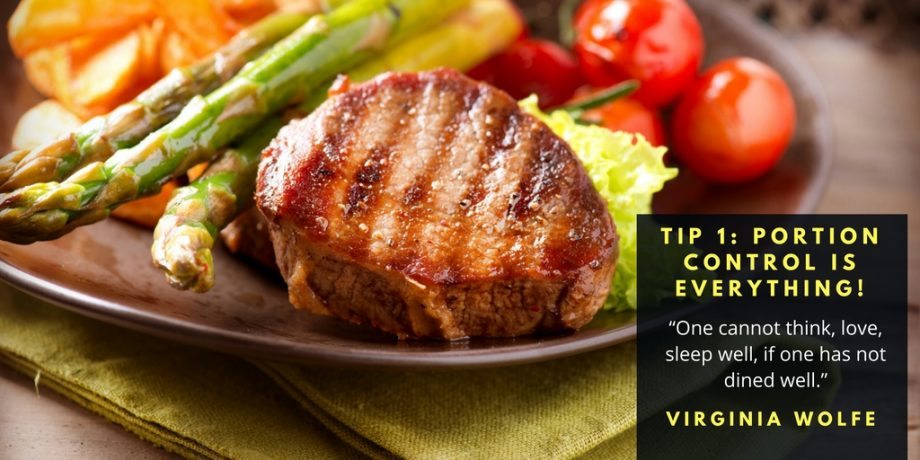
According to the prescribed daily calorie intake, an average man needs around 2500 calories to function and maintain weight. An ounce of cheddar cheese has around 120 calories. Hence, it is not the food that is harmful, it is the amount it is consumed in which poses the actual threat.
Instead of having small portions of food items that are high in calorie count and harmful fats you should keep a bigger portion of your meal for veggies, fruits, and lean meats.
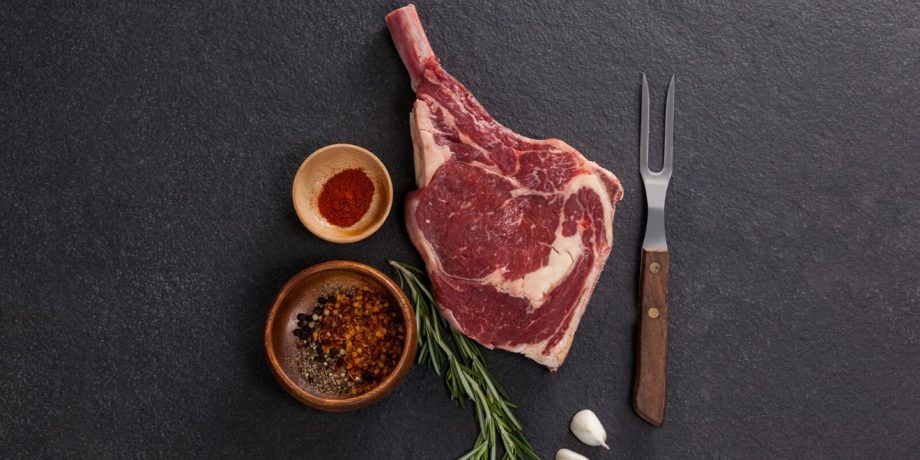
Often, the difference between a healthy meal and an unhealthy one is quite negligible. We believe that certain food choices do not make much of a difference when in actual they are the main culprits. Fatty meat is one of those perpetrators.
Meat is a great source of protein. It is prescribed to be consumed as a part of a healthy, well-balanced diet. However, it is the fat content that is actually harmful. To ensure that your meat intake poses minimum health risks to choose leaner meat.
Lean meat is basically meat with less fat content. In the case of chicken, 80% of the fat content lies in the skin. Make sure when you consume chicken, you eat it without the skin. Also, the darker meat cuts such as the thighs include high-fat content. Skip those and move towards eating whiter meat cuts such as breasts, wings, etc.
You can also add white-fleshed fish in your diet as they are an amazing source of protein and classify as lean meat. Beef is also an amazing source of B vitamins and zinc. Hence, skipping beef altogether from your diet is not a healthy decision.
The concept of lean does not only apply to meat though. It can also be applied to other food items and involve an intake of a lesser fatty version such as Greek yogurt. Your cooking methods can also be leaner such as baking or boiling your food instead of frying them in oil.
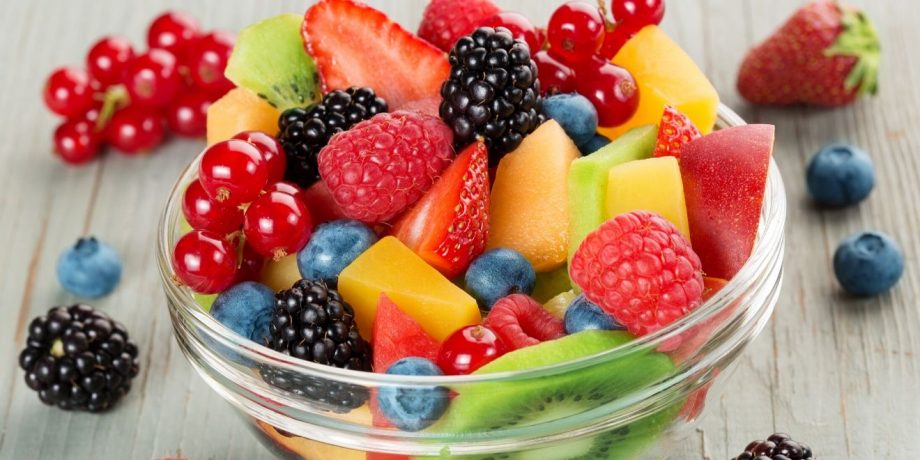
Often, we forget the harm these tiny little desserts have on our bodies. Desserts are mostly made of refined carbs, trans-fat and added sugar. If you are a sweet tooth and require a dessert after every meal, know that you are not doing much good to your body. The main harmful ingredients inside any dessert are butter, processed sugar, and white flour. Before you jump on to quench your craving, make sure your dessert bowl does not contain these three ingredients.
One healthy way is to replace your dessert with fruits! Make yourself a scrumptious fruit salad for the dessert portion of your meal.
According to the USDA My Plate guidelines , half of our plate should have vegetables and fruits. Fruits are high in nutrients and provide your body with a multitude of minerals and vitamins. They aid in preventing Vitamin A and Vitamin C deficiencies. Also, fruits such as blueberries, strawberries, cranberries, etc. are high in phytochemicals which are being proven for major health benefits.
Replacing your dessert with a small bowl of berries will help you satisfy your dessert craving and reduce bad eating habits. Eating a diet full of vegetables and fruits immensely lowers the risk of heart diseases. It also acts as a deterrent for certain types of cancers.

Whole grains are a power-house of vitamins and minerals. They are an easy and simple way to make your meals super healthy and bursting with nutrition. They are known to be high in nutrients such as proteins, fiber, antioxidants, B vitamins, magnesium, etc. Consuming a diet abundant in whole grains is known to reduce the risk of cardiovascular diseases, diabetes, obesity, etc.
The bran is the whole grain that provides high levels of fiber which are very beneficial for the health. Cardiovascular diseases are known to be the number one cause of death globally. Incorporating whole grains into your diet immensely reduces the risk of heart diseases. One study shows that consuming three courses of whole grains a day reduces the risk of heart disease by almost 22%. Another study goes on to show that consumption of whole-grain reduced the chances of a stroke by almost 25%.
Examples of whole grains that can be incorporated in your meals are oatmeal, quinoa, brown rice, etc. Make yourself an oatmeal and fruit pudding for the breakfast to reap the amazing benefits of whole grains. Also, replacing white rice with brown rice or quinoa as a side to your meat dishes can reduce the harmful effects of processed grains.
In conclusion, our lifestyles today cause more harm than good in the long run. We have adapted ourselves to a routine that is far from what the nature prescribed for us. Such an existence is now creating serious harmful health hazards for the majority. Adopting healthier options and quitting a lifestyle that promotes inactivity, unhealthy diets, and harmful habits have become the need of the moment.

Incorporating healthier eating habits is the first and most important step towards a healthy lifestyle. Adopt our five helpful tips for preparing healthy meals and enjoy your mealtimes without any guilt!
Obesity is a medical condition where your body stores an excess amount of fats. These fats can cause multiple other diseases such as cardiovascular issues, diabetes, and many others. Hence, avoiding obesity is vital for a healthy living.
Our lifestyles today promote unhealthy life choices. We want everything fast and quick which has caused an extreme hike in the consumption of junk food. We avoid physical activities. Sitting on the couch for hours and binge eating is our new concept of unwinding. With this dilemma, the need of the moment is to start making healthier choices in our food intake.

It will be fair to say that recent times saw an increase in the trend of consuming nutritious, healthy food. The statistics show deteriorating health figures. Hence, today, people have started realizing the immediate need to move away from an unhealthy lifestyle.
The 5 Simplest and Easiest Steps to Prepare Healthy Meals
If you also wish to take some effective steps towards a healthy eating lifestyle, read ahead for some of our amazing and super helpful tips. These tips will assist you in making healthy and wholesome foods that you can consume every day for a hale and hearty living.
1. Eat Your Veggies!

We all remember getting scolded by our parents for not finishing the veggies on our plate, don’t we? That’s because vegetables, as boring and tasteless as they may feel on our palate, are packed with nutrition.
Vegetables have no cholesterol at all and are also low on the calorie count.
Having a portion or bowl of vegetables with every meal will help you lower your calorie intake. Vegetables provide some very important nutrients to your body which include potassium, dietary fiber, Vitamin A, and Vitamin C.
Sweet potatoes, lentils, spinach, kidney beans, and tomatoes are some vegetables that are high in potassium. Having a kidney bean salad or baked sweet potatoes as a side portion with your steak will provide you a good chunk of nutrients. Intake of a potassium copious diet can also help you maintain a healthy level of blood pressure.
Dietary fiber from the general intake of vegetables will help you lower your blood cholesterol level and reduce the risk of heart diseases. Fiber also helps keep constipation at bay by inducing proper bowel functions. The trick behind eating vegetables as a necessary portion of your meal is that the fiber-rich veggies will make you feel full without an excess intake of calories. Make sure you keep the skin intact of most of the veggies you eat since most of the fiber is in that peel.
Vitamin A and C are also very crucial for your skin, eyes and dental health.
Vitamin C is also the nutrient that helps you absorb iron into your body. Hence, both vitamins are extremely vital for your body.
Making sure that you have at least one portion of vegetables in your meal is a great way to intake healthy meals. You can have these vegetables either stir-fried, air fried, boiled or baked.
2. Portion Control is Your Best Friend

One major mistake we often make with our healthy eating plans is going for the all-or-nothing approach. This usually backfires. There will come a point where you will get completely sick of your healthy eating. This might just end up with you downing an entire tub of ice cream in one go. Trust us that happens!
Therefore, you need to devise measures to keep you motivated in your healthy eating routine. One important thing to remember is that all foods are good unless eaten out of moderation. This means you can have a small portion of almost everything and get away with it. Maintaining a healthy lifestyles does not mean you stop enjoying your life altogether. Besides, good food is a very important part of a happy life.
Keep a calorie count chart with you to know which food provides how much calories to your body. This will help you define portions for your meals. So, let’s say you are someone who loves cheese. Cheese, if taken in moderation is, in fact, very healthy food for you. It provides your body with calcium, fat, protein, and is an amazing source of Vitamin A and B-12.

According to the prescribed daily calorie intake, an average man needs around 2500 calories to function and maintain weight. An ounce of cheddar cheese has around 120 calories. Hence, it is not the food that is harmful, it is the amount it is consumed in which poses the actual threat.
Instead of having small portions of food items that are high in calorie count and harmful fats you should keep a bigger portion of your meal for veggies, fruits, and lean meats.
3. Opt for Lean!

Often, the difference between a healthy meal and an unhealthy one is quite negligible. We believe that certain food choices do not make much of a difference when in actual they are the main culprits. Fatty meat is one of those perpetrators.
Meat is a great source of protein. It is prescribed to be consumed as a part of a healthy, well-balanced diet. However, it is the fat content that is actually harmful. To ensure that your meat intake poses minimum health risks to choose leaner meat.
Lean meat is basically meat with less fat content. In the case of chicken, 80% of the fat content lies in the skin. Make sure when you consume chicken, you eat it without the skin. Also, the darker meat cuts such as the thighs include high-fat content. Skip those and move towards eating whiter meat cuts such as breasts, wings, etc.
You can also add white-fleshed fish in your diet as they are an amazing source of protein and classify as lean meat. Beef is also an amazing source of B vitamins and zinc. Hence, skipping beef altogether from your diet is not a healthy decision.
The concept of lean does not only apply to meat though. It can also be applied to other food items and involve an intake of a lesser fatty version such as Greek yogurt. Your cooking methods can also be leaner such as baking or boiling your food instead of frying them in oil.
4. Eat Fruit as Your Dessert

Often, we forget the harm these tiny little desserts have on our bodies. Desserts are mostly made of refined carbs, trans-fat and added sugar. If you are a sweet tooth and require a dessert after every meal, know that you are not doing much good to your body. The main harmful ingredients inside any dessert are butter, processed sugar, and white flour. Before you jump on to quench your craving, make sure your dessert bowl does not contain these three ingredients.
One healthy way is to replace your dessert with fruits! Make yourself a scrumptious fruit salad for the dessert portion of your meal.
According to the USDA My Plate guidelines , half of our plate should have vegetables and fruits. Fruits are high in nutrients and provide your body with a multitude of minerals and vitamins. They aid in preventing Vitamin A and Vitamin C deficiencies. Also, fruits such as blueberries, strawberries, cranberries, etc. are high in phytochemicals which are being proven for major health benefits.
Replacing your dessert with a small bowl of berries will help you satisfy your dessert craving and reduce bad eating habits. Eating a diet full of vegetables and fruits immensely lowers the risk of heart diseases. It also acts as a deterrent for certain types of cancers.
5. Incorporate Whole Grains in Your Diet

Whole grains are a power-house of vitamins and minerals. They are an easy and simple way to make your meals super healthy and bursting with nutrition. They are known to be high in nutrients such as proteins, fiber, antioxidants, B vitamins, magnesium, etc. Consuming a diet abundant in whole grains is known to reduce the risk of cardiovascular diseases, diabetes, obesity, etc.
The bran is the whole grain that provides high levels of fiber which are very beneficial for the health. Cardiovascular diseases are known to be the number one cause of death globally. Incorporating whole grains into your diet immensely reduces the risk of heart diseases. One study shows that consuming three courses of whole grains a day reduces the risk of heart disease by almost 22%. Another study goes on to show that consumption of whole-grain reduced the chances of a stroke by almost 25%.
Examples of whole grains that can be incorporated in your meals are oatmeal, quinoa, brown rice, etc. Make yourself an oatmeal and fruit pudding for the breakfast to reap the amazing benefits of whole grains. Also, replacing white rice with brown rice or quinoa as a side to your meat dishes can reduce the harmful effects of processed grains.
Conclusion
In conclusion, our lifestyles today cause more harm than good in the long run. We have adapted ourselves to a routine that is far from what the nature prescribed for us. Such an existence is now creating serious harmful health hazards for the majority. Adopting healthier options and quitting a lifestyle that promotes inactivity, unhealthy diets, and harmful habits have become the need of the moment.

Incorporating healthier eating habits is the first and most important step towards a healthy lifestyle. Adopt our five helpful tips for preparing healthy meals and enjoy your mealtimes without any guilt!




































































































